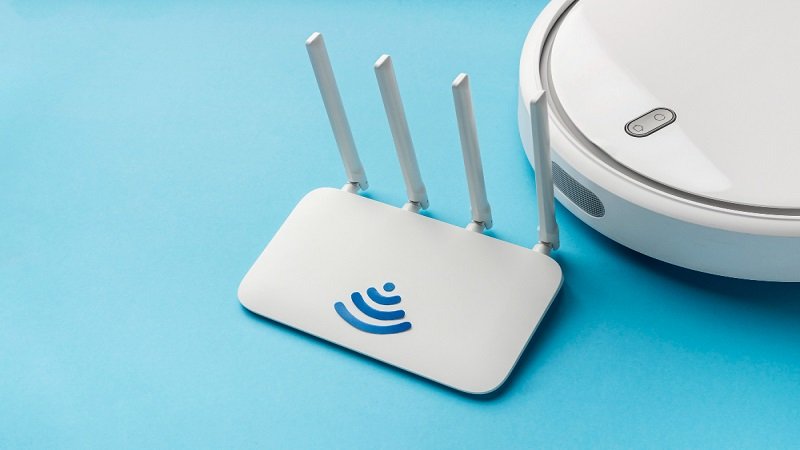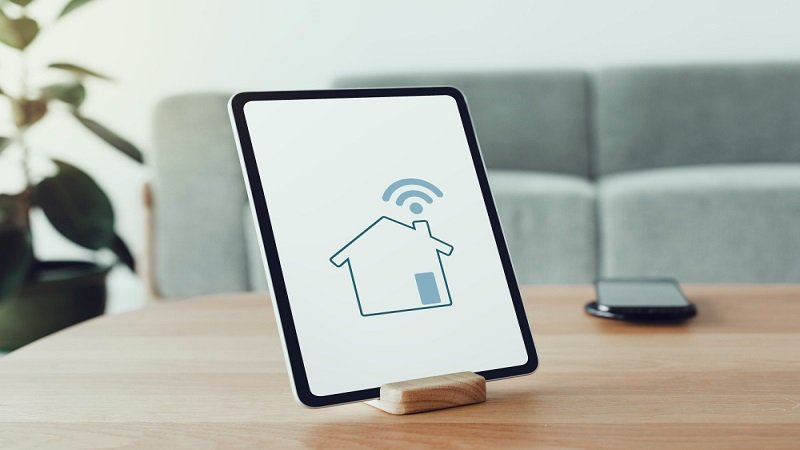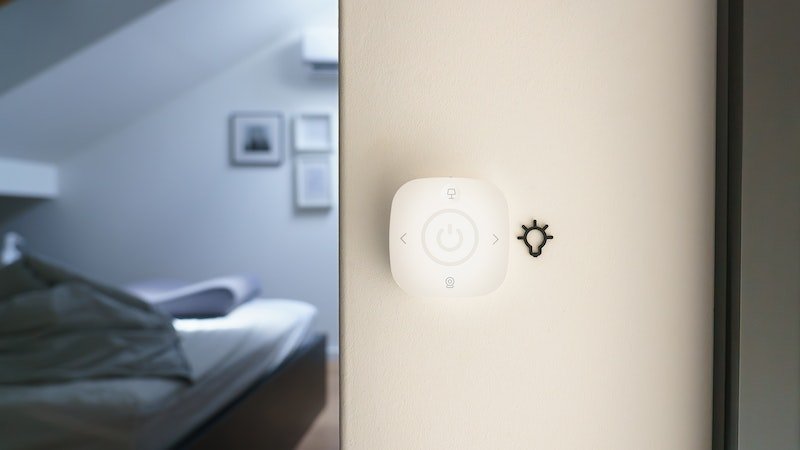How to Set Up a Smart Home Network?
Setting up a smart home automation network may seem daunting, but with the right guidance, it’s easier than you think. In this blog post, we’ll walk you through the initial steps to start thinking of your very own smart home network, making your life more convenient and efficient.

In the future, we will bring more in-depth steps of the automation network.
Choose the Right Smart Devices
Start by selecting smart devices that suit your needs and lifestyle. Focus on essential areas like lighting, security cameras, smart plugs, and voice-activated assistants. Ensure they are compatible with your chosen smart home ecosystem.
Set Up a Central Hub
A central hub acts as the brain of your smart home network, enabling communication between devices. Choose a hub that supports the devices you’ve selected. Popular options include Amazon Echo and Google Nest Hub.
Connect Devices to the Hub
Follow the manufacturer’s instructions to connect your smart devices to the central hub. This process usually involves downloading the corresponding app and following the setup wizard.
Configure Voice Control (Optional)
If your hub supports voice-activated assistants, such as Alexa or Google Assistant, set them up for hands-free control. This allows you to control devices with simple voice commands.
Organize Device Groups
Group devices together based on usage patterns. For example, create a “Living Room” group for lights and entertainment devices. This simplifies control and enhances the automation experience.
Automate Your Home
Leverage your hub’s automation features to create routines and schedules. For instance, schedule lights to turn on at sunset or have your coffee maker start brewing in the morning.
Test and Troubleshoot
After setup, test each device and automation to ensure they work as intended. Troubleshoot any issues you encounter, like Wi-Fi connectivity problems or device compatibility.
| General steps |
|---|
| Choose the Right Smart Devices |
| Set Up a Central Hub |
| Connect Devices to the Hub |
| Configure Voice Control (Optional) |
| Organize Device Groups |
| Automate Your Home |
| Test and Troubleshoot |
How much does it cost for a Smart Home Automation Network?
The cost of a smart home automation network can vary widely, depending on the size of your home, the features you want, and the brands of devices you choose. However, as a general rule of thumb, you can expect to pay anywhere from $1,000 to $10,000 for a system.
Here are some of the factors that will affect the cost of your smart home automation network:
- The size of your home. The larger your home, the more devices you’ll need to automate, and the higher the cost of your system will be.
- The features you want. Some smart home automation systems come with a variety of features, such as voice control, remote access, and geofencing. These features can add to the cost of your system.
- The brands of devices you choose. Some brands of smart home automation devices are more expensive than others. For example, Nest and Lutron are two popular brands of smart home automation devices that tend to be more expensive than other brands.
- Consider the cost of installation in your budget.
| Device | Average Cost | Cost of Installation |
|---|---|---|
| Smart thermostat | $150 – $300 | $50 – $100 |
| Smart light bulbs | $10 – $50 | $5 – $10 |
| Smart plugs | $10 – $30 | $5 – $10 |
| Smart door lock | $90 – $360 | $50 – $100 |
| Security system | $200 – $1,000 | $100 – $200 |
Total Cost
- Minimum: $410 (smart thermostat, smart light bulbs, and smart plugs)
- Maximum: $11,110 (fully automated home with all of the devices listed above)
Tips for Saving Money
- Start small. If you’re on a budget, you can start by automating a few key devices, such as your thermostat and light bulbs.
- Choose affordable brands. There are a number of affordable brands of smart home automation devices available.
- Shop around. You can often find smart home automation devices on sale at different retailers.
- Consider buying used. You can often find used smart home automation devices in good condition for a fraction of the price of new devices.
Conclusion
By following these steps, you can easily set up your smart home automation network. Embrace the convenience of controlling your home with a tap or voice command, making your daily life more efficient and enjoyable. Start building your smart home today!
“Your feedback helps us understand what you are looking for in a blog post and how we can improve our content. We appreciate your time and effort in taking the time to leave a comment or share our blog post.”
FAQ:
Q: What is a smart home automation network?
A: A smart home automation network is a system that connects and controls various smart devices in your home, allowing you to manage them remotely through a central hub.
Q: What devices do I need to set up a smart home network?
A: Essential devices include smart lighting, security cameras, smart plugs, and a central hub like Amazon Echo or Google Nest Hub.
Q: How do I connect devices to the central hub?
A: Download the corresponding app, follow setup instructions, and connect each device to the hub via Wi-Fi or Bluetooth.
Q: Can I control my smart devices with my voice?
A: Yes, if your hub supports voice-activated assistants like Alexa or Google Assistant, you can control devices using simple voice commands.
Q: What automation features can I use?
A: You can create routines and schedules, like setting lights to turn on at specific times or having your coffee maker start brewing in the morning.
Q: How do I troubleshoot issues with my smart home network?
A: Test each device after setup, check Wi-Fi connectivity, and ensure compatibility. Refer to the manufacturer’s troubleshooting guides if needed.
“Check out our other blog posts below.”
Top 10 Smart Home Automation Devices
The Future of Smart Home Automation
Smart Home Automation: An Introduction
The benefits of smart home automation for energy efficiency!
The Evolution of Smart Home Automation: Tracing the history of smart home Technology

